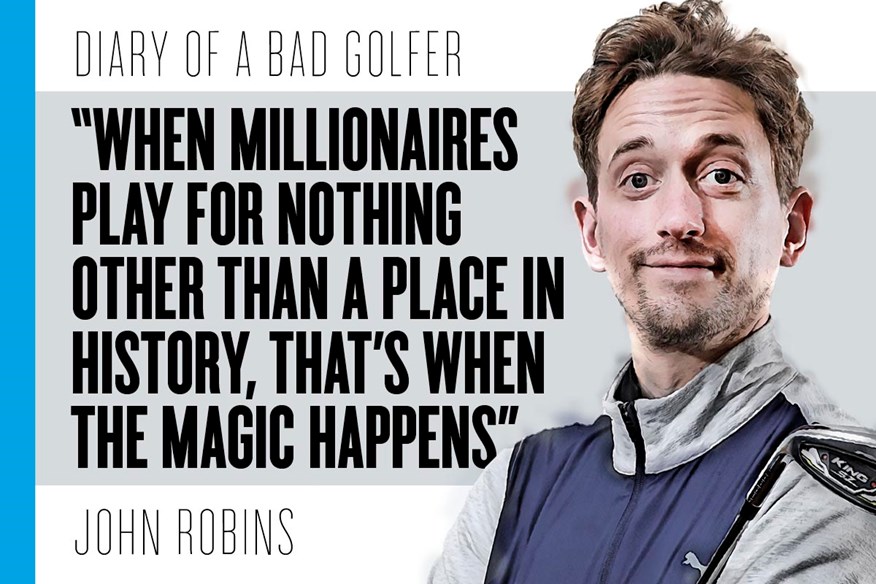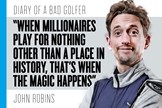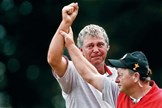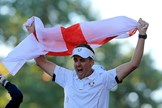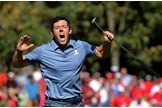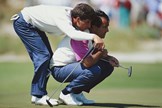Bad Golf’s John Robins: “The Ryder Cup remains the ultimate golf event”
Last updated:
The Ryder Cup has got John Robins very, very excited.
In his exclusive Today’s Golfer column, the comedian, broadcaster and Bad Golf star indulges in some misty-eyed Ryder Cup nostalgia and talks about his own unique relationship with this famous monolith of a tournament.
Oh boy, oh boy, oh boy, it’s finally here! The Ryder Cup!
Is there another sporting event like it? I don’t think so, and the extra year’s delay has just ramped up the excitement at Bad Golf HQ. The two year wait is usually bad enough but for the second time in two decades we’ve had to hold out for an extra twelve months.
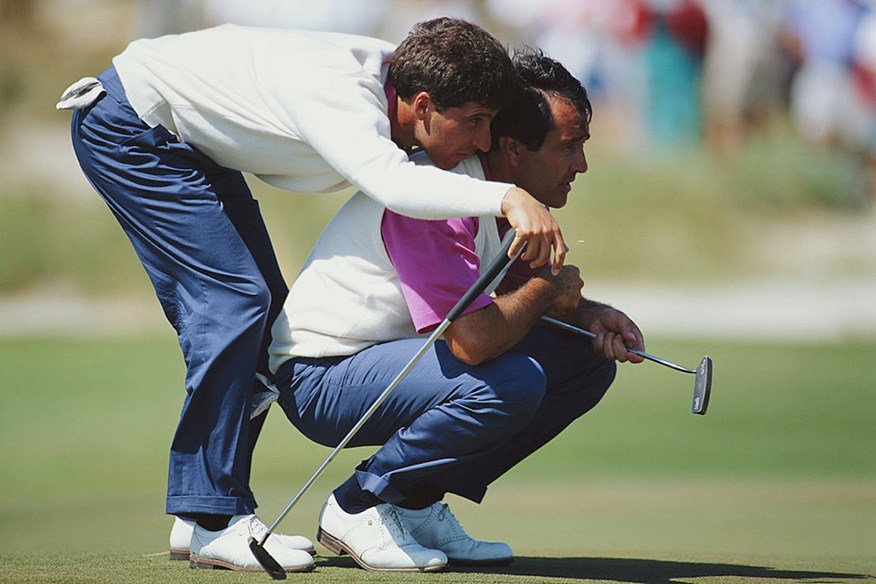
In many ways The Ryder Cup began my interest in golf. When I was 13 I had an entire summer wiped out by an allergic reaction to penicillin (absolute nightmare by the way) and when I was well enough to leave the house my mum took me to Thornbury Golf Club for some ice cream.
I remember struggling to lift my arms to eat it (seriously kids DON’T DO DRUGS…especially if you’re allergic to them) and on the screens I saw lots of golfers playing, as you often do on golf club screens. But something about this was different.
RELATED: Everything you need to know about Team Europe
While I can’t remember any of the players, or any shots, or even the standings, I remember that there were points on display and there was a red team and a blue team. Then I must have seen Seve or Faldo so knew I was supporting blue. And there I sat, transfixed, ice cream cruelly melting in the bowl, so near but yet so far.
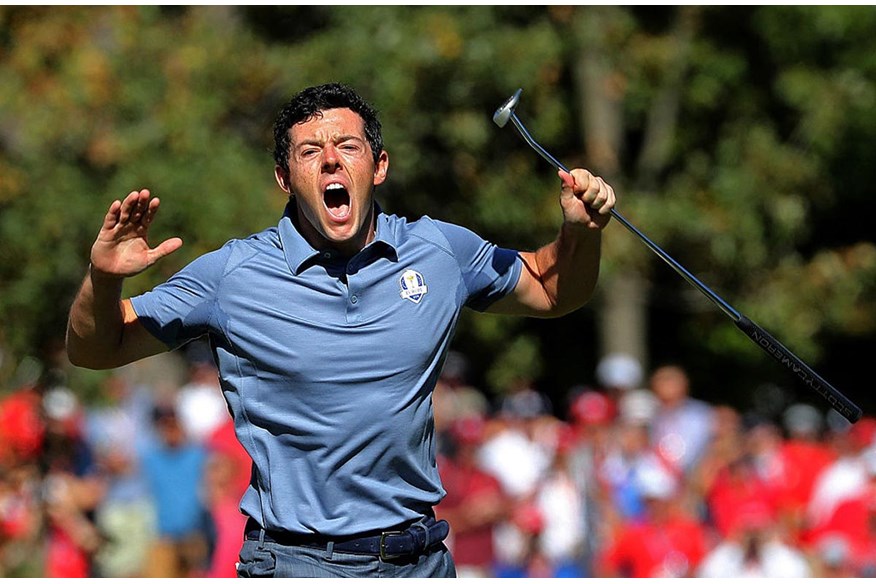
Perhaps this is why The Ryder Cup captures the imagination of so many people who wouldn’t usually watch golf. It is easier to understand. Even if you’re not following it closely, you just look up and two teams are competing for points.
Through fist pumping and cheering you can soon tell who’s winning or losing, and graphics like “for the hole” and “for the match” make it easy to get hooked in for short bursts.
But it wasn’t until a few years later, at the K Club, that I became well and truly hooked. Darren Clarke, the emotion, the destiny. That’s a word often associated with European victories in The Ryder Cup, whether it’s Clarke’s tears on the 16th, Seve’s win as captain at Valderrama or The Miracle of Medinah, it so often feels like it’s written in the stars.
RELATED: Whistling Straits full course guide
Alongside Ronnie O’Sullivan’s 2014 World Snooker Championship, The Miracle of Medinah ranks as the most incredible sporting event I’ve witnessed. I had just moved to London and, like a lot of recent émigrés to the capital was living with someone I barely knew. I’m afraid the emotion, and the rum, got the better of me.
At about 11pm I hammered on her bedroom door saying “Do you want to witness the greatest moment in the history of sport?!” The answer was a polite decline, and understandably she kept herself to herself for the remaining months of our time in the flat. In my defence it WAS THE GREATEST MOMENT IN THE HISTORY OF SPORT. Her loss.
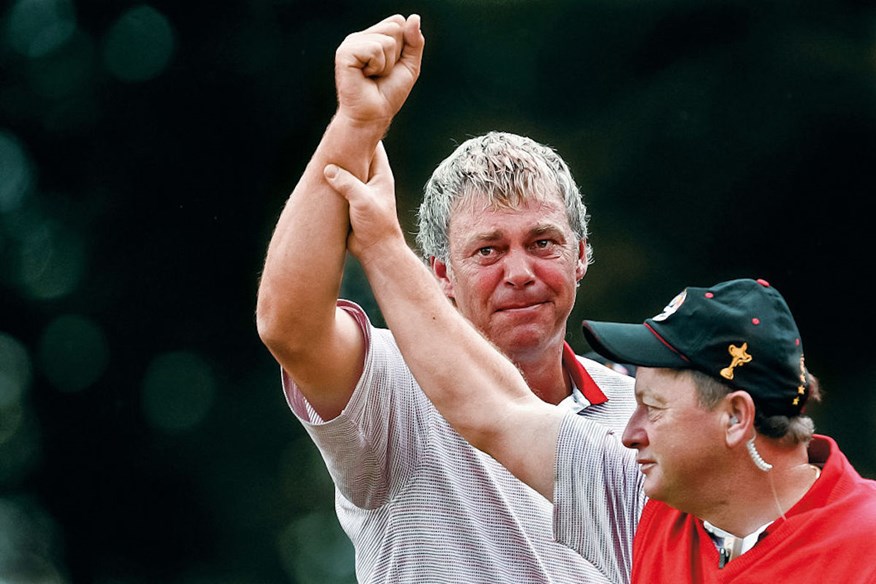
Another reason the Ryder Cup holds such a fascination is that it’s relatively rare that we, as golfers, get to play as big teams. It adds so much more to the sport, so many more dynamics and psychological considerations.
How often to play emotional talismen like a Clarke or a Poulter? When to stick with experience and when to blood the rookies? Can Bryson and Brooks manage to bury the hatchet? Why does Woods underperform? WHY ARE AMERICAN FANS SO GODDAMN RUDE?!
RELATED: Do Ryder Cup players get paid?
Having all of these stories running underneath gives the event much more frisson than a Major. As much as The Masters go overboard on history, tradition and the unique nature of the tournament, most of us are still watching as golf fans rather than partisan supporters. I don’t know about you, but I’m certainly not rooting for anyone in particular before the cut.
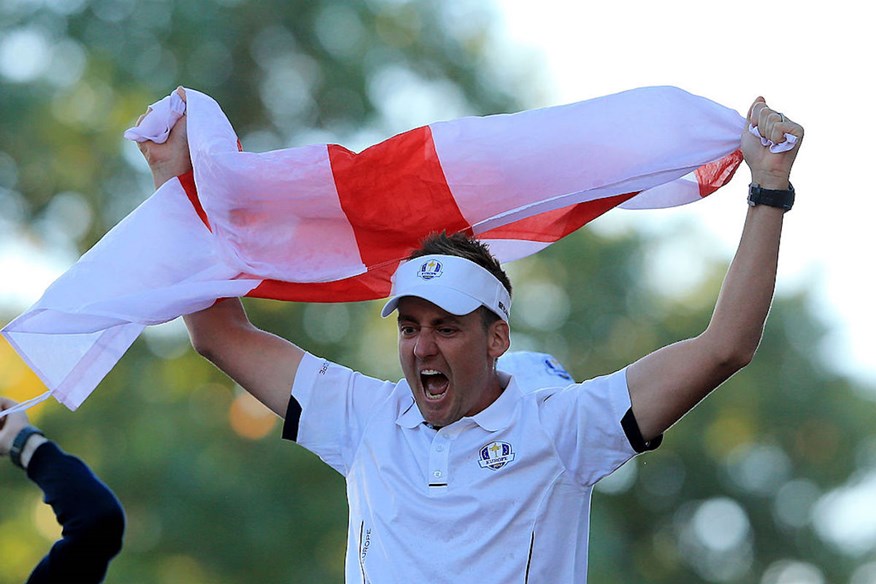
Performing at that level under such intense pressure is something us mere mortals will never experience. But one of the fantastic things about golf is that we can play the same courses, and relive some of those moments ourselves. How many people can claim to have raced around Silverstone or played 90 at Anfield? But you can play Celtic Manor or The Belfry for the cost of a Ryder Cup ticket.
I was lucky enough to play The PGA Centenary course at Gleneagles just before The Solheim Cup came to visit in 2019 and the set up was brutally unforgiving. Anyone who watched Alex Horne and I thrash our way round on that week’s episode of Bad Golf will understand just how much respect it gave us for the women who competed there a week later.
WATCH: Bad Golf play Gleneagles
Finally, what’s unique about these biennial competitions is the fact that in this age of sponsorship and astronomical prize money, when we watch the Ryder Cup or The Solheim Cup, we know that these golfers are playing for something else, a place in history.
Professional golfers dedicate extraordinary amounts of time to practising a game in the hope that on the day they might be better than a hundred odd others in the field, but let’s be honest there’s still an awful lot of money knocking around for those who just miss out on the top spots.
But when millionaires play for nothing, that’s when the magic happens.
